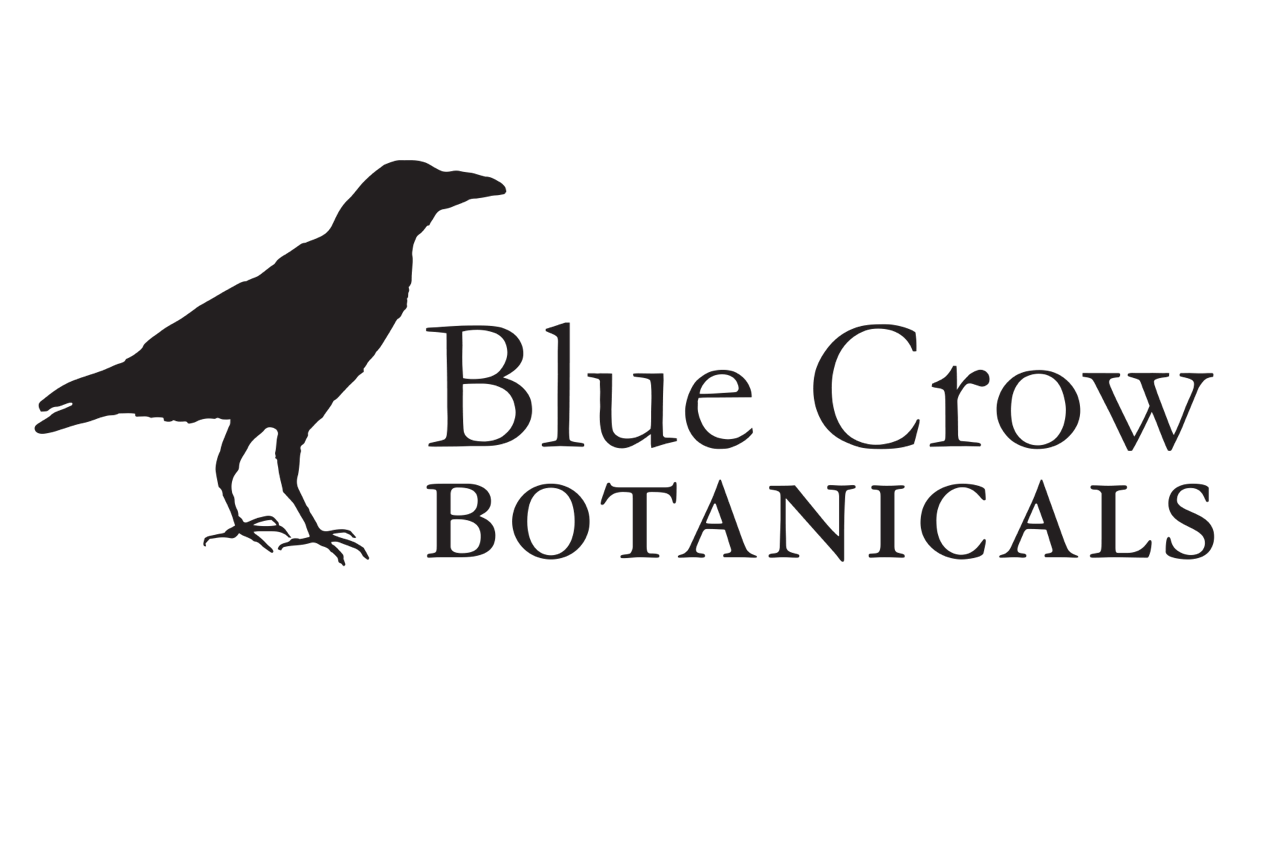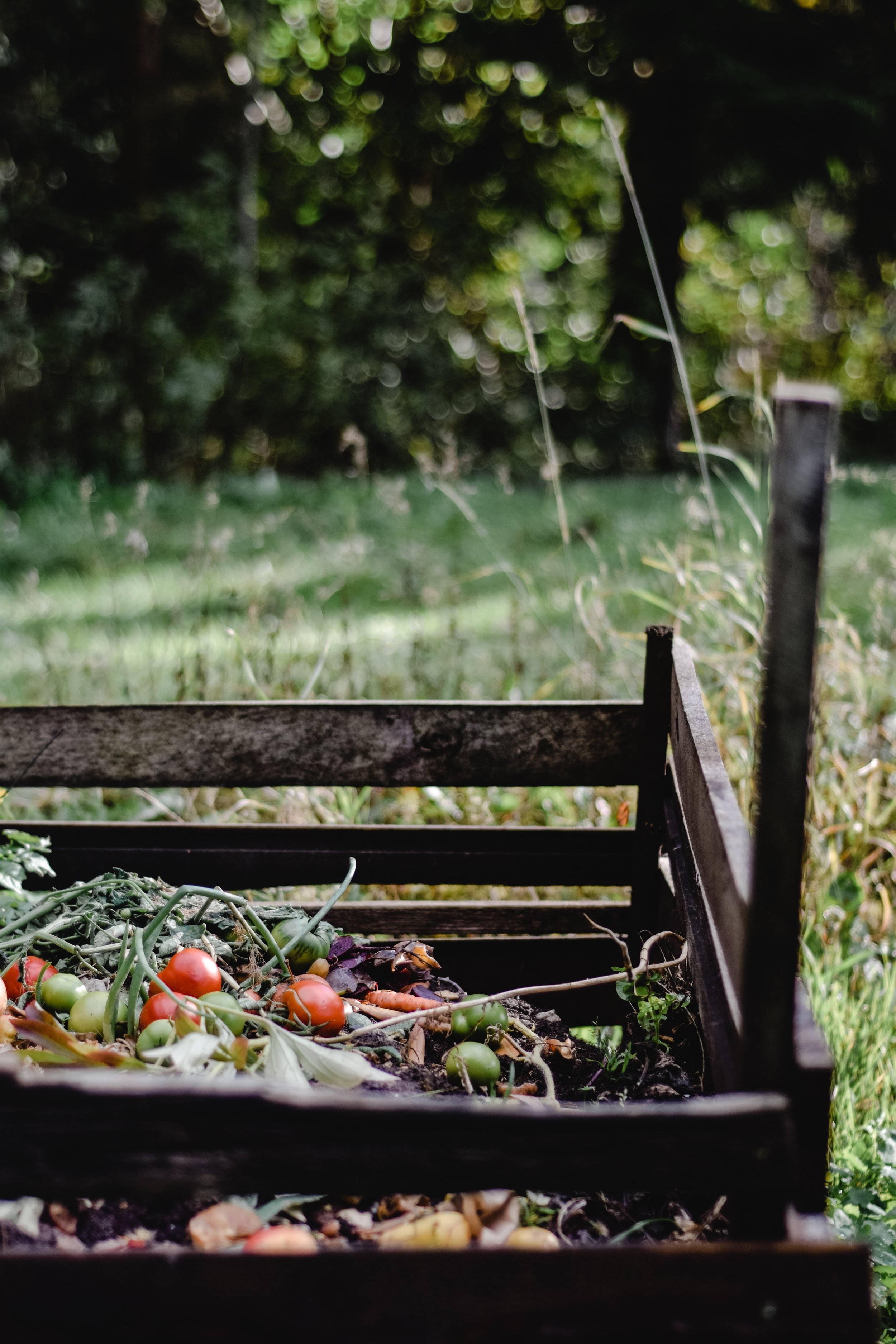5 Ways to Build Soil Health: Learning from Nature
Healthy soil is the crucial foundation upon which all life depends. Soil, plants, and microorganisms form a vibrant interconnected ecosystem that sustain us all. By understanding and fostering soil health, we unlock its incredible potential to nurture thriving ecosystems, maximize crop yields, and promote environmental resilience. Here at Blue Crow Botanical’s organic herb farm, we implement techniques to develop key components of soil health through practical approaches and an openness to learning. The positive benefits of nurturing and enhancing soil health is evident in the health of our plants and into the potency of our extracts.
What is Soil Health?
Soil health refers to the overall condition of the soil as a living ecosystem. The concept of healthy soil was developed to monitor and measure soil productivity. Healthy productive soils are rich in organic matter and microbial activity. In nature soil is naturally regenerated through the changing seasons as plants decay, adding nutrients and organic materials for new plant growth. In organic farming practices much of our knowledge comes from learning and replicating these intelligent systems.
How to Build Soil Health.
1. Keep Soil Covered
Keeping soil covered is one of the most beneficial things for improving soil health. Mulching with green mulch, hay, straw, or leaf litter protects the soil from erosion, minimizes moisture loss, moderates temperature extremes, and fosters nutrient cycling. In nature you will never find tilled or exposed soil, meadows and forest floors are constantly kept covered and insulated by plant material.
Keeping soil covered improves water retention, reduces weed pressure, and provides habitat for beneficial organisms, ultimately promoting soil health.
On our farm we utilize inputs that are available to us locally; mulching with hay, lining our pathways with wood chips, and leaving dropped leaves and spent plants to decompose at the end of the growing season.
2. Maximize Presence of Living Roots
Living roots are essential for soil health. Plants have a mutually dependent relationship to soil microorganisms that are reliant on having living roots in the ground. It is this vital relationship that allows plants to convert soil nutrients into a usable state.
As the environment continues to shift and we see the effects of climate change in extreme weather patterns; the importance of having living roots in the soil becomes more apparent. Roots provide structure for the soil to cling onto, preventing erosion caused by harsh rains and winds.
By maximizing the presence of living roots through practices like cover cropping, perennial planting systems, crop rotation, and plant diversity; we ensure a constant supply of organic matter, stimulate microbial activity, and enhance soil fertility.
3. Minimize Disturbance
Excessive soil disturbance, such as intensive tilling can disrupt soil structure, cause compaction, deplete organic matter, and negatively impact soil health. Practicing no-till or reduced tillage, can help maintain soil structure, retain moisture, and prevent erosion, ultimately supporting a healthy soil ecosystem
Tilling soil exposes the sensitive soil microbes to harsh conditions causing them to perish, essentially stripping the soil of life. Soil disturbance can also disrupt the carbon cycle. Soil microbes store organic carbon in the ground, but when exposed to aeration the carbon is converted to CO2, a potent greenhouse gas, that is released into the atmosphere. Tilling during rainy seasons can increase soil compaction and negatively impact soil structure.
Soil disturbance can also increase weed pressure. Weed seeds can survive for five to seven years in the soil, in what is known as the “weed seed bank”. Tilling brings the seeds to the surface creating ideal conditions for germination. Keeping soil covered with mulches and minimizing disturbance greatly decreases weed pressure, leaves soil structure intact, and makes creating healthy soil attainable.
4. Maximize Biodiversity
Diversity is a strength. This is one of the lessons we can learn from nature. Biodiversity in the soil ecosystem plays a vital role in nutrient cycling, disease suppression, and overall ecosystem resilience. Encouraging biodiversity by incorporating diverse plant species, fostering beneficial insect populations, and avoiding excessive use of pesticides helps create a balanced and robust garden or farm community.
As humans we are a part of nature and have a unique role to play as stewards of the land. Permaculture, regenerative agriculture, and agroforestry are becoming increasingly popular in the gardening and farming worlds; but these ideas are not new. Indigenous communities have been practicing sustainable land stewardship for thousands of years, by recognizing the intelligence of nature and learning from her. Its only now that science is beginning to catch up and confirm the benefits of these systems.
Diverse garden systems naturally suppress harmful insect populations, create diverse soil microbiology, and create resilience in the face of extreme weather events.
5. Add Organic Matter & Nutrients
Organic matter is any material that was originally produced by a living organism. Healthy soils contain organic matter that is carbon rich, which improves soil structure, enhances water-holding capacity, and provides essential nutrients to plants. By incorporating organic matter through practices like composting and cover cropping, and adding nutrients via organic amendments, we enrich the soil and enhance its fertility.
On our farm we add organic matter and nutrients to our soil by adding amendments in the form of our own compost, and natural liquid fertilizers
We often use fish emulsion; a fast acting liquid fertilizer which provides a quick nitrogen boost to young plants and seedlings. We also make what is known as “compost tea” a nutrient rich liquid created through the fermentation of plant matter such as comfrey leaves, which are readily available on our farm. We are currently experimenting with Fermented Plant Juice (FPJ), a natural fertilizer used in Korean Natural Farming.
Applying these preparations in combination ensures our soil is rich in a wide variety of nutrients that nourish our plants and microbiology that encourages them to thrive.
The main principles we follow at our farm are to; use what is available, have an open heart and mind, and learn from our ecosystem and from the land itself. Actively listening and learning from the plants allows us to be resilient and adjust to the ever changing conditions and surprises of each growing season.



